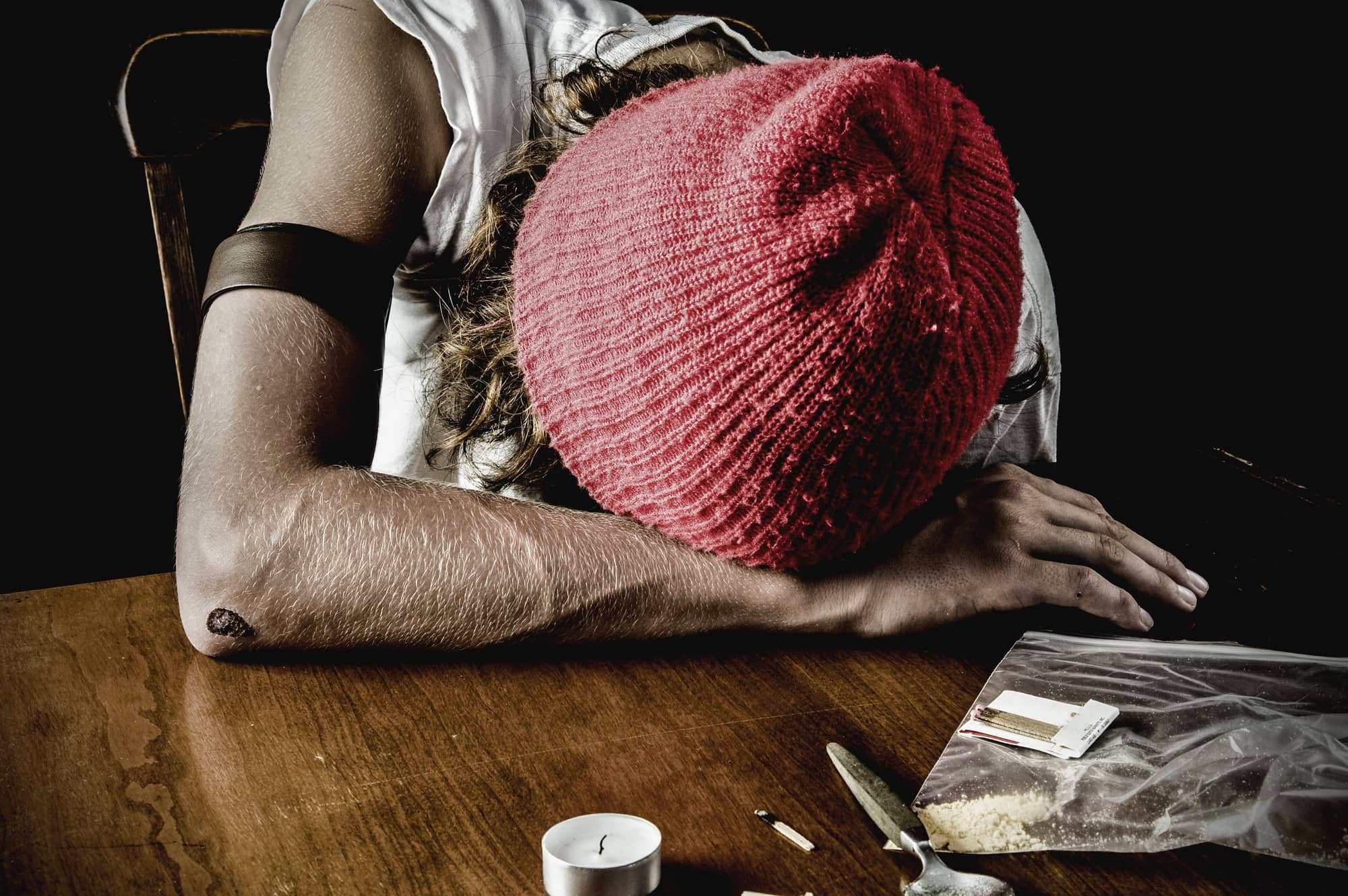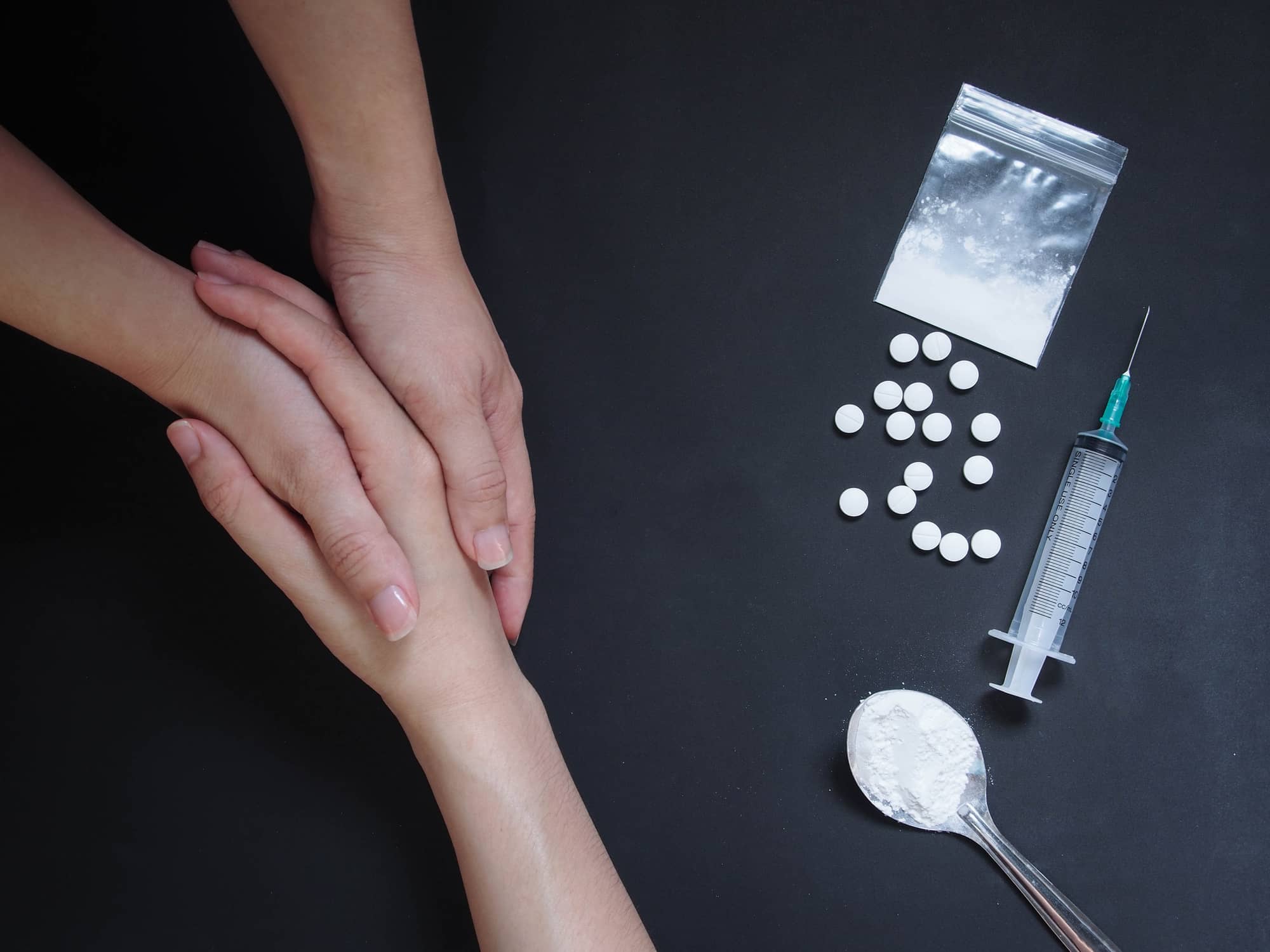Are you worried a loved one is using heroin? About 948,000 Americans?admitted to using heroin in 2016. Heroin overdose deaths increased by almost 20 percent between 2015 to 2016.
The scary part is these numbers keep rising. More and more young adults reported using heroin, which is the largest group to increase usage.
Heroin is one of the most widely abused opiates in the world, with 9.2 million?using heroin worldwide. There’s a reason why it’s so addictive. Here are important facts about heroin.
What Is Heroin?
Heroin is a type of opioid. It is made from the seed pods of the opium poppy plants from Mexico, Colombia, and Southeast and Southwest Asia. Various forms of heroin include a black sticky substance or brown or white powder.
People either smoke, snort, inject, or sniff heroin. Sometimes they mix heroin with crack cocaine. Common names for heroin include smack, horse, big H, and hell dust.
Why Is Heroin So Addictive?
Heroin has long been known to be a very addictive drug. In fact, about one in four users that try heroin are addicted.
This is because it immediately affects the brain. It causes the brain to release “feel good” chemicals – both endorphins and dopamine. The brain recognizes the activation of these chemicals and begins to link them with heroin almost as a reward to the body.
In addition, the withdrawal symptoms of heroin are extremely uncomfortable, and it is hard for a user to stop on his or her own. The body also begins to require larger amounts of heroin to feel good, so users build up a tolerance. This tolerance causes?certain areas of the brain to stop responding without the opioid receptor.
Getting Off Heroin Takes a Long Time
If you are addicted to heroin, it may take you a while to kick this addiction. You will experience withdrawal symptoms that can vary in intensity.
These withdrawal symptoms start around 6 to 12 hours after your last use. You will feel the peak of withdrawal symptoms around 1 to 3 days. They should subside gradually after about 5 to 7 days.
Some users have withdrawal symptoms for weeks or even months. Everyone is different, so it’s hard to say how difficult it will be for each person.
You will have to retrain your body to feel good again naturally. Some users have a hard time getting rid of the urge to take heroin even after they have gone through withdrawal.
Withdrawal Is Difficult
A person addicted to heroin will get withdrawal symptoms around 12 hours after the last time he or she used. Heroin withdrawal can be extremely difficult. Some of the common symptoms include:
- Nausea
- Vomiting
- Sweating
- High anxiety
- Agitation
- Restlessness
- Difficulty sleeping
- Irritability
- Intense cravings
- Uncomfortable leg movements
Some withdrawal symptoms are so intense that users want to take heroin just to get rid of the uncomfortable symptoms and get relief. The user then goes through withdrawal all over again once he or she stops using heroin.
Cravings for heroin can last years after a person has stopped using the drug. These cravings can be triggered by bad memories, places, people, and extreme stress.
Extreme Itching Is a Side Effect of Heroin Use
After heroin enters the brain, the brain changes it to morphine that binds the receptors in the body. This also produces a strong rush and a warm flushing to the skin.
A little-known side effect of heroin use is extreme itchiness. Opiate drugs create histamines that the body uses during allergic reactions. These histamines make the skin itch, which makes users want to scratch.
This side effect means the drug is strong and not contaminated. A lot of users?feel that their skin is “crawling” along with being itchy.
Mixing Heroin with Other Drugs Can Be Dangerous
A lot of heroin users take at least one other drug along with it, and some of these combinations can be pretty risky. Many heroin overdoses are from combining heroin with other drugs, most commonly sedatives and alcohol.
Drinking alcohol along with heroin increases the risk of overdose because it causes shallow breathing, lowered heart rate and blood pressure, and can put someone in a deep sedation.
Anxiety medicines?such as Valium, Xanax, and Restoril are extremely risky to take with heroin. Both the opioids and these medications slow the rate of breathing, making it highly risky that you could stop breathing altogether.
Using heroin and cocaine together is also a very serious combination. Heroin depresses the nervous system while cocaine revives it. Both of these drugs cause breathing difficulties and can harm your heart.
Mixing opioids together such as hydrocodone, fentanyl, oxycodone, and morphine is dangerous because they intensify the side effects. They work the same as heroin does, so too much of these drugs can suppress the nervous system and heart rate to the point of cardiac arrest and death.
Drowsy-State After First Rush Is Risky
When?a person uses heroin, he or she gets a sudden rush or a feeling of euphoria. After that state, the person then enters a phase where he or she alternates between being awake and extreme drowsiness?for hours.
To imagine what it looks like, think about a student who is trying to stay awake and school and his or her head keeps nodding when sleepiness takes over. Eventually, the student will jerk awake to try to concentrate. That’s what heroin does to you.
Heroin is a sedative that causes a person to get sleepy but not fall into a deep sleep. This is the phase that most users enjoy because they feel so relaxed.
This can be dangerous because the body can go into a deep sedation. If the person becomes unconscious, he or she could sink into an overdose as the body’s breathing slows too much and may stop.
Babies Can Be Born Addicted to Heroin
Every 25 minutes a baby is born suffering from opioid withdrawal. The baby was exposed to the drug in?the womb and becomes physically addicted, just like heroin users.
A baby can be addicted to any opiate including prescription drugs. When a pregnant woman takes opioids, the growing baby is exposed to this drug regularly. As soon as the baby is born, he or she suddenly does not get this drug anymore.
The baby is dependent on this drug and begins to go through withdrawal. These symptoms include fever, irritability, vomiting, slow weight gain, fever, and excessive crying. A newborn exhibits symptoms about 72 hours after being born.
Addicted babies need treatment. This involves putting the baby back on opiates and gradually reducing dosage to withdraw the newborn over time.
Other Side Effects of Heroin
The immediate side effects of heroin include dry mouth, heavy feeling in extremities, nausea, vomiting, severe itching, and a warm flush of the skin. The user will be drowsy for several hours. Other immediate symptoms include:
- Clouded mental function
- Slow heart rate
- Reduced breathing rate
Reduced breathing can lead to brain damage and a coma.?The drug effects the opioid receptors that control the body’s functions such as swallowing, breathing, heart beat, blood pressure, and consciousness.
Because the drug impairs these functions, there?can be long-term problems such as:
- Kidney?disease
- Liver disease
- Collapsed veins
- Lung complications such as pneumonia
- Abscesses
- Heart infections
- Digestive issues including cramping and constipation
Heroin can also clog blood vessels to main organs like the brain, kidneys, lungs, and liver. These clogs create permanent damage to these vital organs.
Prescription Opioids Can Lead to Heroin Use
Nearly 75 percent of Americans?in treatment for heroin have stated they used prescription opioids before heroin. These prescription medications include Vicodin and OxyContin.
This is just one factor leading to heroin use. People switch to heroin because it is cheaper and easier to get than the prescription drugs.
Any Method of Using Heroin Is Addicting
There are different ways to use heroin including injecting, smoking, and snorting. Because all methods enter the brain quickly, all of these ways are addictive contrary to what users think. All three of these methods cause severe health problems.
Can You Overdose on Heroin?
In 2016, more than 15,500 people died?from heroin overdose in the U.S. So, yes, a person can definitely overdose on heroin. An overdose happens when the person takes enough of the drug for a life-threatening reaction.
Once the breathing slows or stops, the brain does not get enough oxygen. This is called hypoxia. This can cause short- and long-term effects to the brain including brain damage or a coma.
Signs of an overdose include:
- Blue tint to the person’s fingers and lips
- Gasping for air
- Shallow breathing
- Extremely pale skin
- Weak pulse
- Pinpoint pupils
- Disorientation
- Low blood pressure
- Confused mental state
- Spasms
- Seizures
It’s important to call emergency personnel immediately if you see anyone with these symptoms. The person needs medication to reverse the effects of heroin to get breathing normally again.
How Do You Treat a Heroin Overdose?
Naloxone is given to a person immediately to treat the overdose. This medicine binds to the opioid receptors in the body to minimize the effects of the heroin. A person may need multiple doses to begin breathing again.
This is why a person suspected of an overdose needs immediate medical attention by a trained professional. These medications are available in different forms such as an injectable solution, a nasal spray, and a handheld auto injector.
Because of the increase in opioid overdose deaths in the past years, there is an increase for the public health sector to make naloxone more available to at-risk people and their families. First responders typically have these medications on hand. Some pharmacies dispense naloxone without prescriptions because of this need.
Other Facts About Heroin
It’s important to know that there is no typical heroin user. Most users are teenagers or young adults that come from upper to middle class families, which is not what a person may think of for a typical drug user.
Heroin’s purest form is white. Most heroin is black, brown, or gray because toxic ingredients are added. It’s hard to tell how pure heroin really is when it is not white.
Heroin used to be sold over the counter as a pain reliever in cough drops. People thought it was less addictive than morphine. The name heroin originated because doctors thought it had “heroic” qualities of a strong medicine.
Treatment of Heroin Addiction
There are a variety of treatment options for heroin users. These treatments typically include both medical and behavioral programs. These approaches help the brain to function normally without the drug.
Detoxing from the drug causes withdrawal symptoms that can be severe. This is why a person may need medical help for detoxification. The non-opioid medication helps reduce these withdrawal symptoms.
A person should not detox from heroin?alone because it can be extremely dangerous. If a person is alone to detox, there is a good chance they may start using again to help relieve the withdrawal symptoms.
Behavioral treatments can be outpatient or in-home. This approach helps a person to learn to cope with life stressors and learn how to modify expectations. This is important to help a person stay on the road to recovery – if someone can not deal with these stressors correctly, a relapse could happen.
If you have a loved one that is addicted to heroin, you may want to stage an intervention. This lets the person know you care and can help them see there is a problem. It’s important to work with a professional and have a plan before starting an intervention.
Getting Help for Heroin Addiction
Now that you know the facts about heroin, it’s time to get the help you are a loved one need to kick this dangerous addiction.?Getting yourself or a loved one help for addiction is an extremely difficult decision.
Don’t wait until your loved one’s addiction gets worse. Contact us today to discuss the best options to get your loved one treatment. We can discuss recovery options, detox, rehab, and even costs including insurance coverage.











